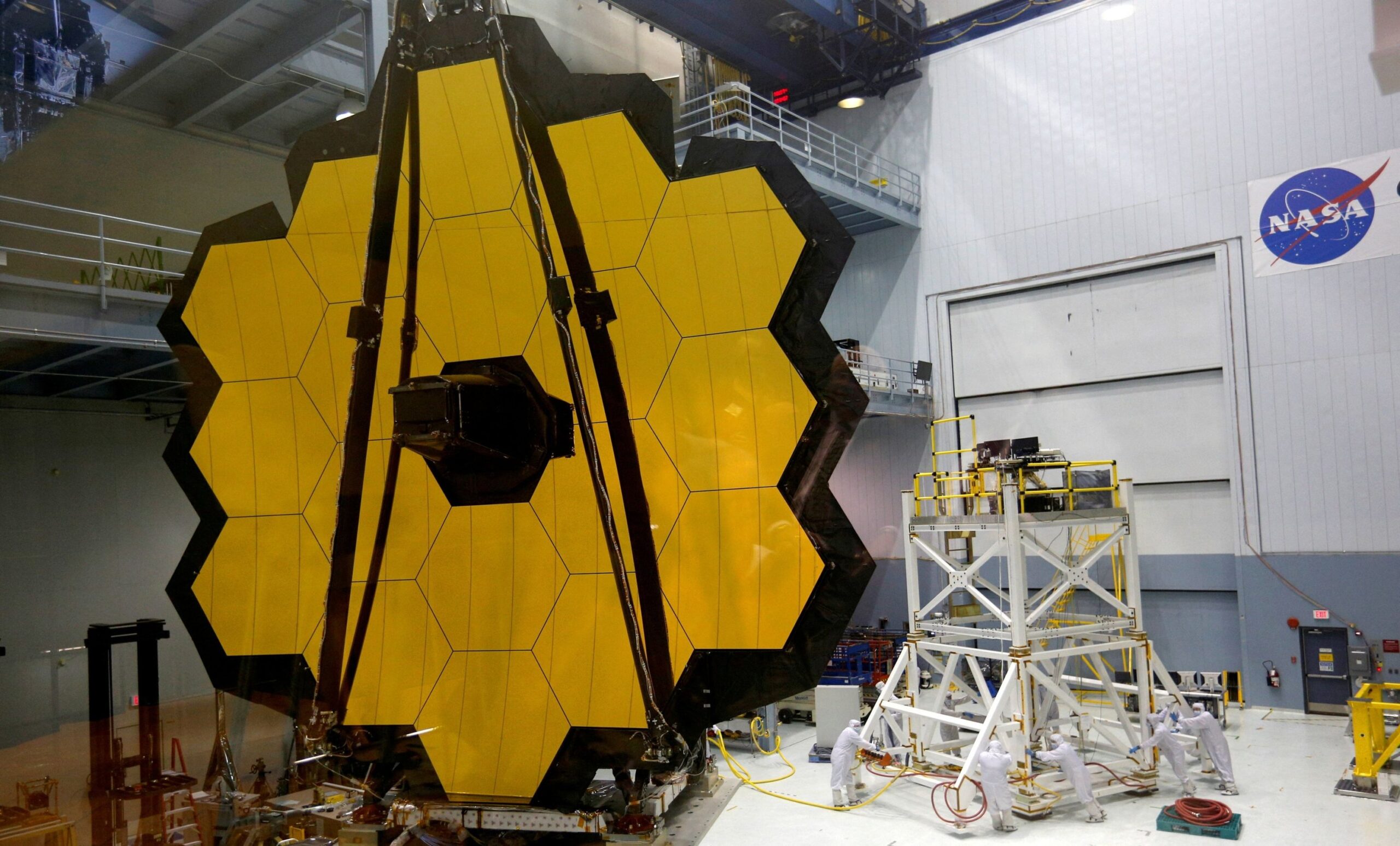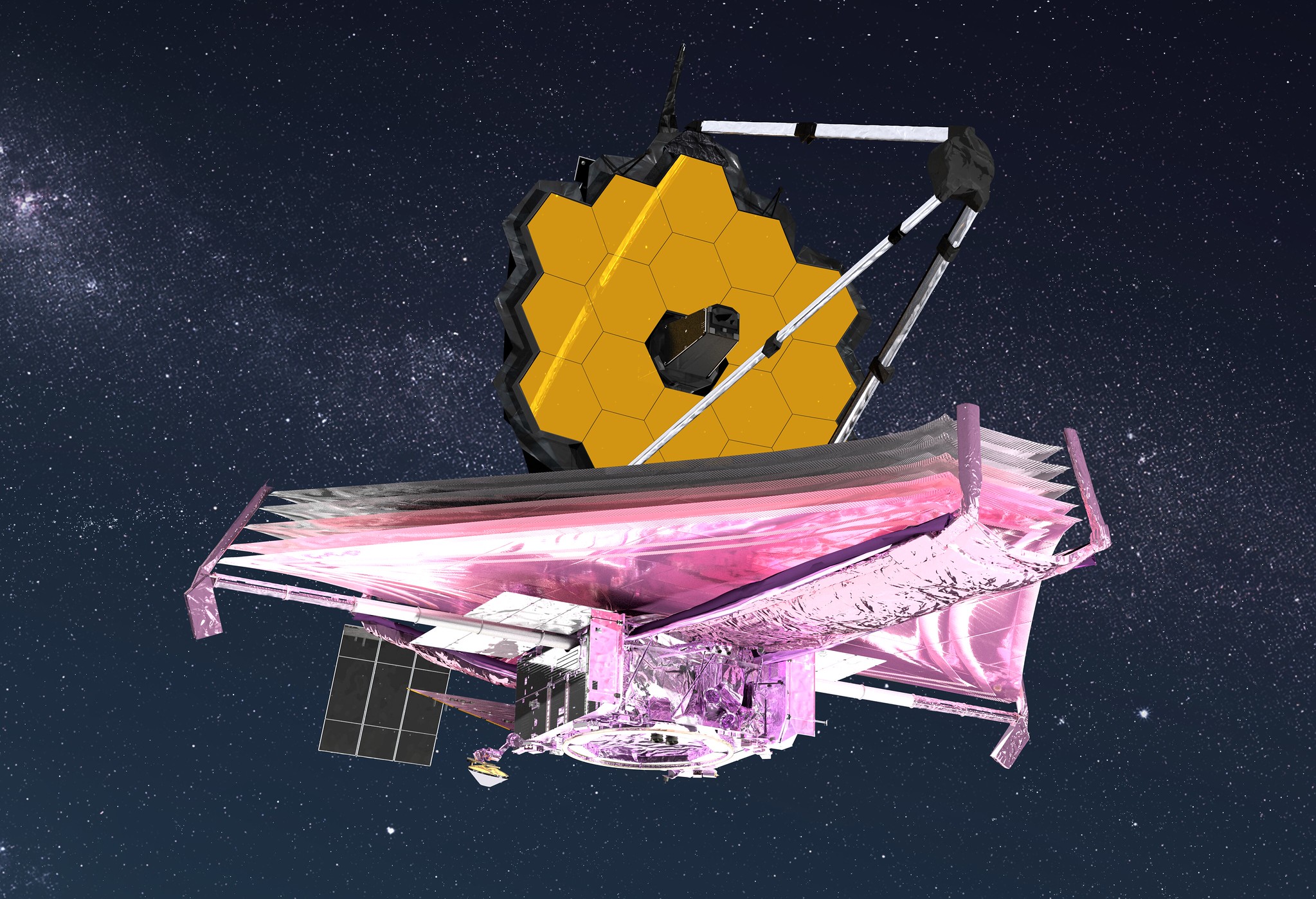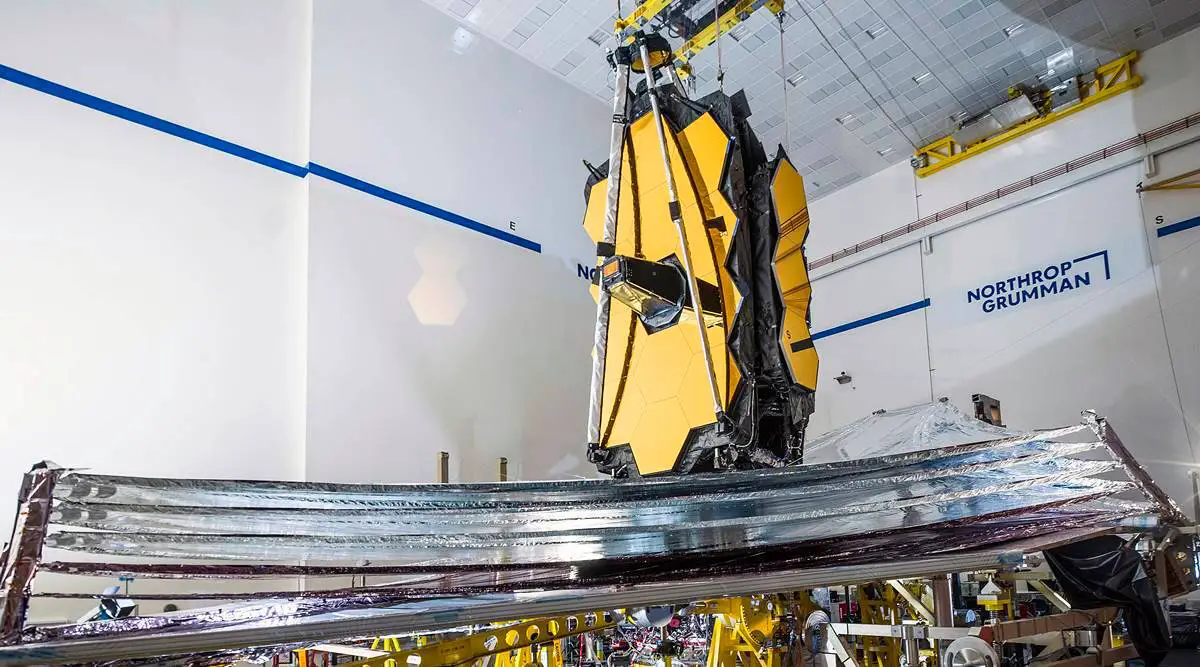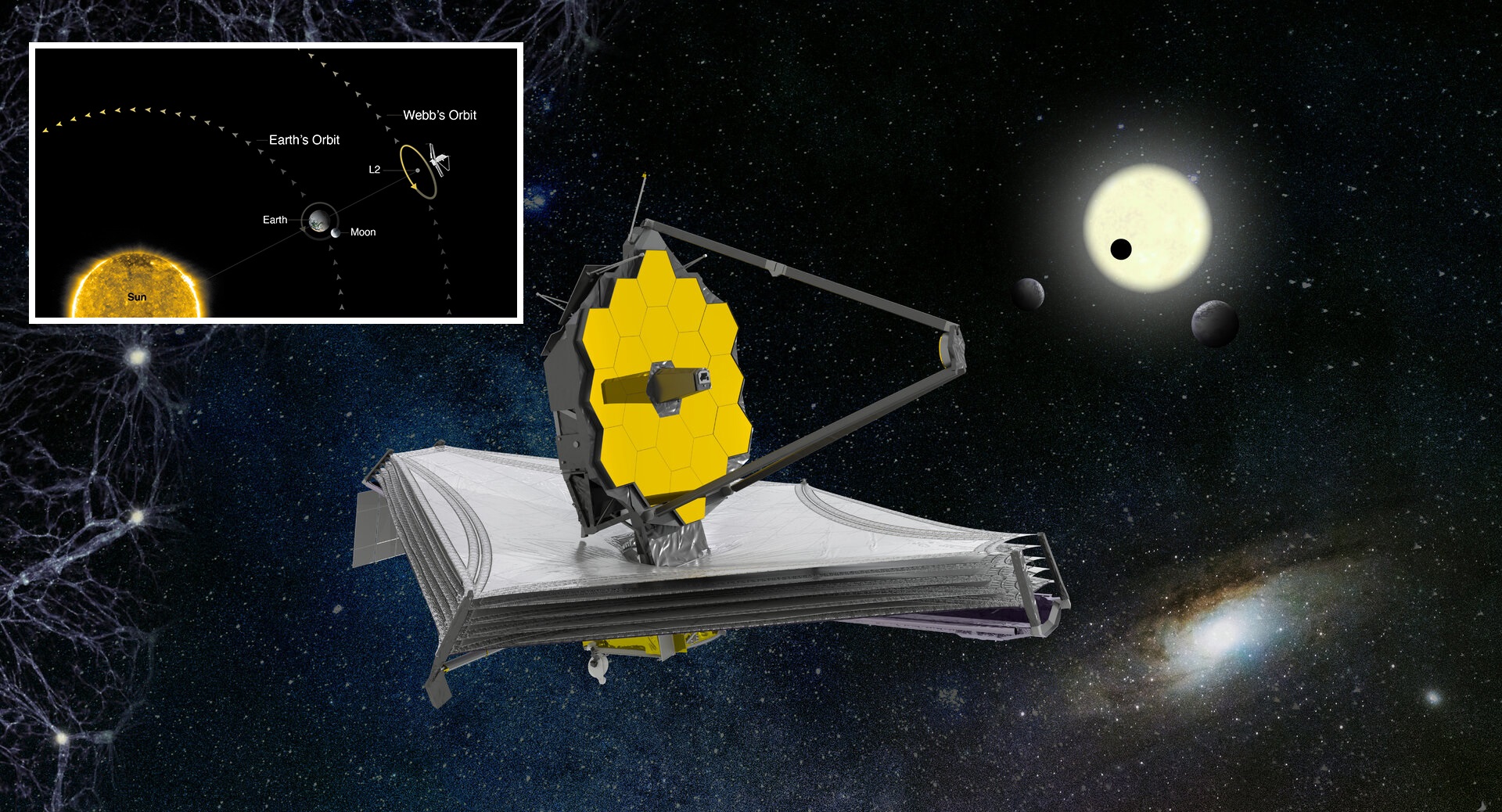The massive James Webb Space Telescope, built by NASA to provide the world an unparalleled look into the early phases of the cosmos, has been approaching its gravitational parking spot in orbit around the sun, about 1 million miles from Earth.

Webb is planned to arrive at a location of orbital stability between the Earth and the sun known as Lagrange Point Two, or L2, one month after launch, with a last course-correcting maneuver by onboard rocket engines slated for 7 p.m. GMT.
According to Eric Smith, NASA’s Webb program scientist, mission control engineers will activate the thrusters at the Space Telescope Science Institute in Baltimore, and the ground crew will utilize radio signals to check when Webb has been safely “inserted” into orbit.
Webb will follow a specific course in orbit that will keep it in constant alignment with the Earth while the planet and telescope round the sun in tandem, allowing for continuous radio communication.
The Hubble Space Telescope, Webb’s 30-year-old predecessor, circles the Earth at a distance of 340 miles (547 kilometers), passing in and out of the planet’s shadow every 90 minutes.
At L2, the sun and Earth’s combined gravitational pull can maintain the telescope securely in place, thus more rocket force is not required to prevent Webb from drifting.
An L2 location, which has been used by numerous previous deep-space spacecraft over the years, permits a “minimal quantity of fuel to continue in orbit,” according to Smith.

The telescope’s primary mirror, an array of 18 hexagonal pieces of gold-coated beryllium metal spanning 6.5 meters (21.4 feet) wide – significantly bigger than Hubble’s main mirror – has already started fine-tuning at the operations center.
Webb’s size and architecture, which allows it to function mostly in the infrared spectrum, will enable it to see through clouds of gas and dust and study objects at greater distances, and hence further back in time, than Hubble or any other telescope.
These characteristics are predicted to usher in a revolution in astronomy, providing the first glimpse of newborn galaxies dating back just 100 million years after the Big Bang, the hypothesized spark that started the known universe’s expansion in action an estimated 13.8 billion years ago.
Webb’s pieces of equipment are also excellent for looking for hints of possibly life-supporting atmospheres surrounding a slew of recently discovered exoplanets — celestial bodies circling faraway stars – as well as planets considerably closer to home, including Mars and Saturn’s ice moon Titan.

Steps to take next
Webb will need many more months of preparation before it can make its astronomical premiere.
Following Webb’s launch on Dec. 25, the 18 segments of its main mirror, which had been folded together to fit within the cargo compartment of the rocket that took the telescope to space, were unfolded alongside the rest of the observatory’s structural components during a two-week period.
Those portions were recently unfastened from the bolts that kept them in place during the launch and gently pushed forward half an inch from their original position, enabling them to be modified into a single, uninterrupted light-collecting surface.
The 18 parts must now be positioned to get the optimum focus of the mirror, which will take three months.
As the alignment advances, ground personnel will begin operating the observatory’s spectrograph, camera, and other equipment. This would be followed by two months of calibrating the equipment themselves, according to Smith.
If all goes according to plan, Webb should be able to start making observations in early summer, with the first photographs serving as proof that the equipment is working correctly.

However, Webb’s most ambitious efforts, such as plans to train its mirror on objects furthest from Earth, will take longer to complete, so it will be some time before the public sees such photos, according to Smith.
NASA, in concert with European and Canadian space agencies, is leading an international effort on the telescope. The main contractor was Northrop Grumman Corp.




